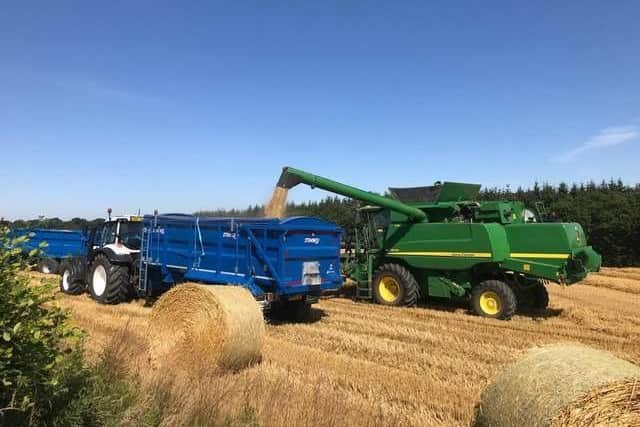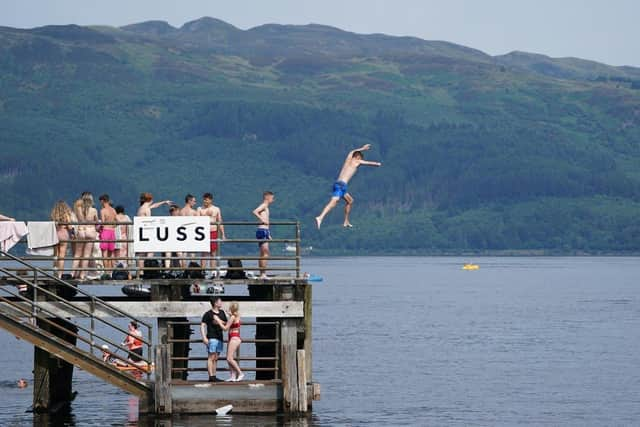'Critical' warning over water supplies in parts of Scotland with restrictions in the pipeline
The Scottish Environment Protection Agency (SEPA) SEPA say some areas suffered their driest January since 1940 and the lack of rainfall since then provides no indication that things will improve this summer.
Businesses which extract large volumes of water, such as farmers, hydro companies and golf courses, have been warned to expect restrictions.
Advertisement
Hide AdAdvertisement
Hide AdHead of Water and Planning at SEPA, Nathan Critchlow-Watton, said: “Water resources are critical in the east, with groundwater levels the lowest they have been since records began in 2009 and conditions not expected to improve in the short term.
“Even in parts where there has been some rainfall and an immediate increase in river flows, the areas still remain vulnerable due to longer term rainfall deficits and very dry ground conditions.
“That is why it is important for businesses that abstract water to take action and reduce their current usage, minimising the effects on the environment. SEPA is here to offer support and guidance, and each week we set out the key measures abstractors should be taking to conserve water.
“Climate change means water scarcity will become even more frequent. We want to work with businesses to plan their water usage long-term, so that we can preserve this vital resource as effectively as possible. Not only will that protect Scotland’s rivers and lochs, but it will minimise business risks as well.”
The emergency measure is the culmination of months of below-average rainfall, particularly in the east of the country.


SEPA warned last autumn that only heavy rainfall over winter and spring would help the country’s arid landscape.
The Met Office has confirmed that Scotland’s July rainfall is 29 per cent down on normal, with the east of the country short of 42 per cent of what can usually be expected this month.
Consequently, SEPA expect some areas to enter ‘significant scarcity’ for water next week, the highest warning possible.
Advertisement
Hide AdAdvertisement
Hide AdThe entire east coast of Scotland is now under ‘alert’ conditions or more serious ‘moderate scarcity’ for water. Areas already under a warning have been joined by the Tweed area in south east Scotland, which has recently seen less rainfall than other parts of the country.


The west of Scotland remains mostly in ‘normal’ conditions, thanks to regular rain arriving from the Atlantic. Only parts of Ayrshire and Dumfries and Galloway veer into an ‘early warning’ for water shortage.
Scottish Water have begun tankering water to the Isle of Arran, Argyll and the East Neuk of Fife.
A Scottish Water spokesman said:” Water is a precious resource and we continue to ask the public to treat it as such to ensure we maintain normal supplies to customers.”
This month saw Scotland record its warmest temperature ever. It had been provisionally reported that Floors Castle in the Borders had hit 35.1C (95F) on July 19 however the Met Office said the local recording station did not have the advanced technical ability to confirm this.
As a result, the 34.8C (94.6C) seen at Charterhall, also in the Scottish Borders, the same day remains Scotland’s record temperature.
Comments
Want to join the conversation? Please or to comment on this article.